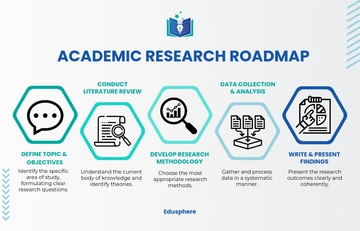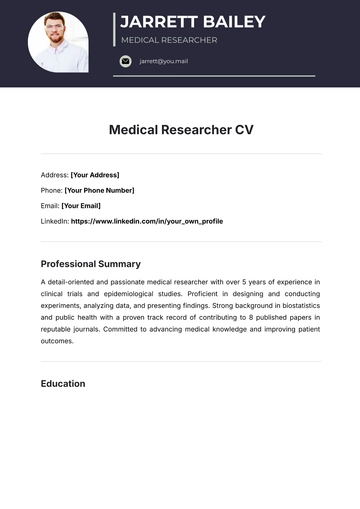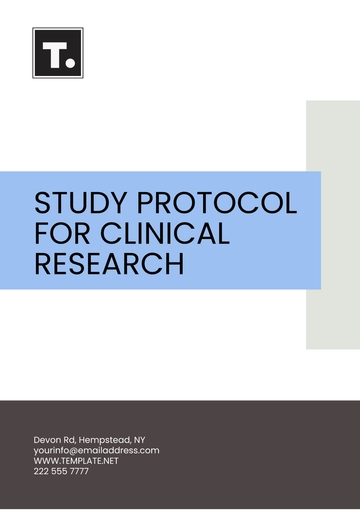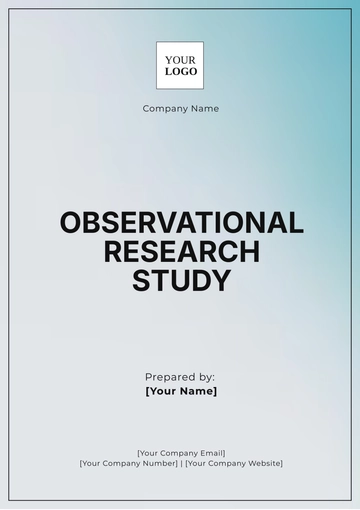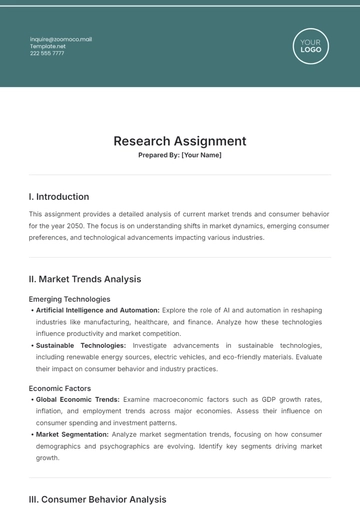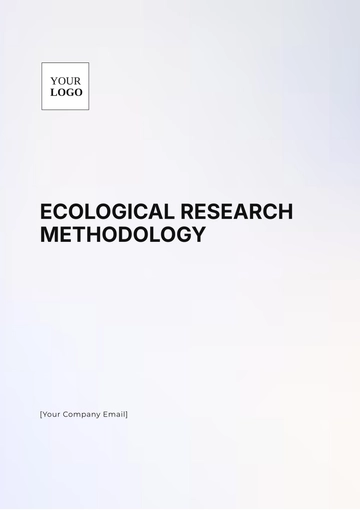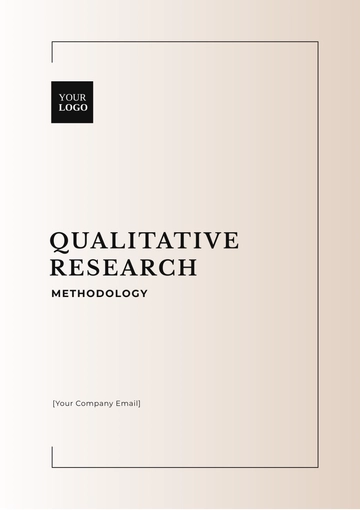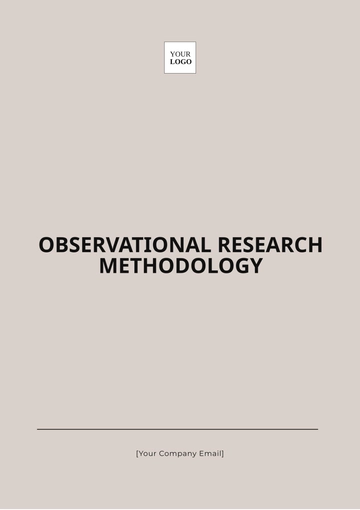Free Environmental Impact Research Problem

Prepared by: [YOUR NAME]
Date: [DATE]
I. Introduction
Environmental Impact Research is a focused investigation into the potential environmental effects of specific projects, activities, or policies. This research aims to identify and analyze how various actions might affect natural resources, ecosystems, and human health. The goal is to assess potential adverse effects and develop strategies to mitigate them.
II. Objectives
Identify potential environmental impacts of a given project, activity, or policy.
Analyze the extent and nature of these impacts on natural resources, ecosystems, and human health.
Develop strategies to mitigate adverse environmental effects.
Provide recommendations for sustainable practices and policies.
III. Methods
To conduct comprehensive Environmental Impact Research, a variety of methods can be employed:
Literature Review: Reviewing existing studies related to the specific project or activity to gather background information.
Field Surveys: Collecting empirical data from the affected areas to assess current environmental conditions.
Modeling and Simulation: Using computational tools to predict potential future impacts based on various scenarios.
Stakeholder Analysis: Engaging with affected communities and other stakeholders to gather qualitative data on perceived impacts.
IV. Environmental Impact Assessment (EIA)
The Environmental Impact Assessment (EIA) is a critical tool in Environmental Impact Research. The EIA process typically includes the following steps:
Screening: Determining if a full EIA is necessary for the proposed project.
Scoping: Identifying the key environmental issues that need to be addressed.
Impact Analysis: Assessing the potential environmental effects of the project.
Mitigation: Proposing measures to avoid, reduce, or offset adverse impacts.
Reporting: Documenting the findings in an Environmental Impact Statement (EIS).
Review: Evaluating the EIS by regulatory authorities and the public.
Decision-making: Deciding whether to approve, modify, or reject the project based on the EIA findings.
Monitoring and Compliance: Ensuring that mitigation measures are implemented and effective.
V. Case Study: Impact of Urban Development on Local Ecosystems
To illustrate the process and outcomes of Environmental Impact Research, consider a case study on the impact of urban development on local ecosystems.
Aspect | Potential Impact | Mitigation Strategy |
|---|---|---|
Water Resources | Pollution from construction runoff | Implement sediment and erosion control measures |
Air Quality | Increase in air pollutants due to construction activities | Use dust control measures and low-emission machinery |
Wildlife Habitat | Loss of habitat due to land clearing | Create wildlife corridors and preserve key habitat areas |
Human Health | Noise and air pollution affecting nearby communities | Implement buffer zones and noise barriers |
VI. Conclusion
Environmental Impact Research plays a crucial role in identifying, assessing, and mitigating the adverse effects of human activities on the environment. By systematically evaluating the potential impacts and developing effective mitigation strategies, this research helps ensure that development projects and policies are sustainable and environmentally responsible.
VII. References
Environmental Protection Agency. (2021). Environmental Impact Assessments. Retrieved from https://www.epa.gov/eia
Glasson, J., Therivel, R., & Chadwick, A. (2013). Introduction to Environmental Impact Assessment. Routledge.
Morris, P., & Therivel, R. (2009). Methods of Environmental Impact Assessment (3rd ed.). Routledge.
- 100% Customizable, free editor
- Access 1 Million+ Templates, photo’s & graphics
- Download or share as a template
- Click and replace photos, graphics, text, backgrounds
- Resize, crop, AI write & more
- Access advanced editor
Introducing the Environmental Impact Research Problem Template from Template.net. This customizable template is editable in our AI Editor tool, allowing you to tailor every detail to your needs. Perfect for streamlining your research documentation, it ensures a professional presentation while offering flexibility for any environmental impact study. Enhance your research efficiency with this versatile tool today!












